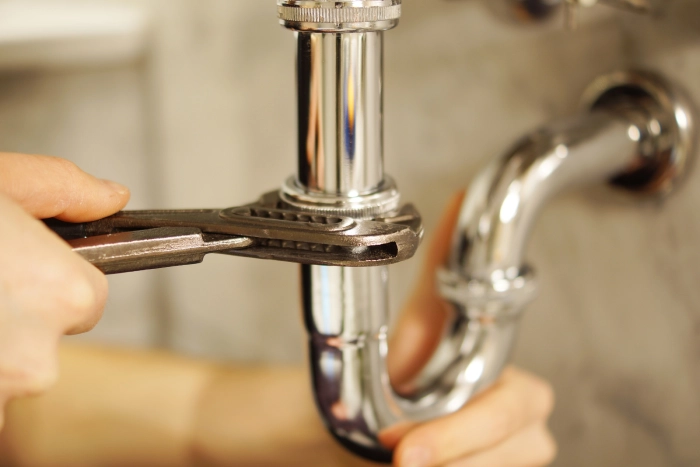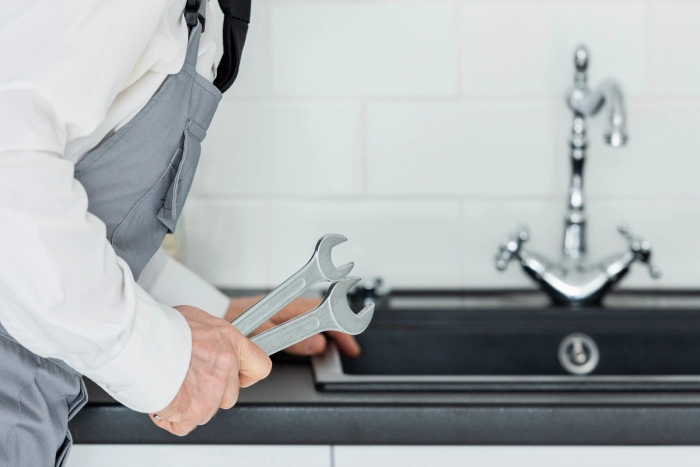
In matters of household maintenance, knowing how to handle basic repairs can save you time, money, and frustration. One of the most common issues homeowners face is toilet problems. Whether it’s a running toilet, a leaky seal, or a clog, understanding how to troubleshoot and fix these issues can prevent major headaches down the line. In this comprehensive guide, we’ll provide a step-by-step toilet repair guide tailored for beginners in Minneapolis, ensuring you can tackle common toilet issues with confidence.
Minneapolis Toilet Repair Guide for Beginners
Before plunging into repairs, let’s first gather the necessary knowledge to become adept at fixing toilets in Minneapolis! This initial phase will prepare you to identify the issue, gather your repair tools, and prioritize safety. Here’s what you’ll need to effectively address common toilet problems in this comprehensive toilet repair guide.
1. Identifying the Culprit
The first step in any toilet repair guide involves being observant and pinpointing what’s wrong with your toilet. Here are some common problems and the clues they leave behind:
Running Toilet
A running toilet, characterized by continuous water flow into the bowl, can be caused by various issues, such as a faulty flapper, an improperly adjusted float, or a defective fill valve. Listen for the sound of running water and observe any water leaks around the base of the toilet.
Weak Flush
If your toilet exhibits a weak flush, it may be due to mineral buildup in the rim jets or the toilet trap, a clogged siphon jet, or an improperly adjusted flush valve. Pay attention to the force and duration of the flush to identify potential issues.
Leaking Toilet
Toilet leaks can occur from multiple sources, including the tank, bowl, supply line, or wax ring seal. Look for water puddles around the base of the toilet, dripping sounds from the tank, or visible water stains on the floor to determine the source of the leak.
2. Gathering the Necessary Tools
Having the right tools on hand will make your toilet repair guide experience smoother, which enables you to become skilled at Minneapolis toilet repair. Here’s a basic toolkit suitable for most toilet repairs:
- Adjustable wrench
- Screwdrivers
- Pliers
- Rags
- Bucket (optional, for containing water)
- Toilet plunger
- Toilet auger
- Replacement parts like flappers and fill valves
3. Safety First
Prioritizing safety is paramount when undertaking any plumbing project. Before commencing repairs, shut off the water supply valve located behind the toilet. Rotate it clockwise until you hear a click or feel resistance, thereby preventing inadvertent flooding while working. Moreover, protective gloves and eyewear should be considered to safeguard against potential hazards and that is the best toilet repair guide for you as a beginner.
4. Fixing a Running Toilet
A running toilet not only proves bothersome but can also result in significant water wastage. Inspect the flapper and fill valve for signs of wear or damage. Adjust the float arm to maintain appropriate water levels and replace any faulty components as necessary. The best toilet repair guide for you as a beginner is to consider checking the water pressure to ensure it’s within the recommended range for optimal toilet performance.
5. Unclogging the Toilet
Clogged toilets are a frequent occurrence in households. Begin by employing a plunger to dislodge the blockage, using a gentle yet forceful pumping motion to create pressure and loosen the obstruction. If the plunger fails to resolve the problem, employ a toilet auger to address stubborn blockages. Insert the auger cable into the toilet drain and rotate it to dislodge the clog.
6. Addressing Leaks
Leakages from toilets can precipitate water damage and mold proliferation if left unattended. The best toilet repair guide for you as a beginner is to conduct a thorough inspection for visible leaks and replace deteriorated seals or connections. Additionally, scrutinize the tank-to-bowl gasket and tighten any loose bolts. Consider using leak detection dye tablets to identify hidden leaks in the toilet tank or bowl.
7. Seeking Professional Help
While a DIY toilet repair guide can offer cost savings, certain plumbing issues may necessitate professional expertise. If you encounter uncertainty during your toilet repair attempts or problems persist despite your DIY endeavors, don’t hesitate to seek expert assistance. A certified plumber can provide a thorough assessment of the problem and offer effective solutions to restore your toilet to optimal functionality.
FAQs

How can I maintain my toilet to prevent future problems?
Regular upkeep is key to keeping your toilet in good working condition. This includes cleaning the bowl and tank regularly, inspecting for leaks or signs of damage, and promptly addressing any issues that arise. Additionally, consider scheduling annual inspections with a professional plumber to detect and address potential problems at an early stage.
How much does a toilet repair cost?
The cost of toilet repair can vary depending on several factors, such as the required repair type, the extent of damage, and the plumber’s hourly rate. Generally, professional plumbers charge anywhere from $40 to $200 per hour for labor and expertise. Minor repairs, like replacing a flapper or adjusting a fill valve, typically come with lower costs. Conversely, more complex repairs, such as fixing a leaking wax ring or clearing a severely blocked toilet, may entail higher expenses.
How do I know if my toilet needs repairs?
There are several signs to watch out for, including a constantly running toilet, weak flushes, leaks around the base or tank, and unusual noises during flushing. If you notice any of these issues, it’s a good idea to investigate further and that’s the best toilet repair guide for you.
How do I fix a toilet that is constantly clogged?
Constant toilet clogs can be caused by various factors, including an accumulation of debris in the trap, a blocked sewer line, or improper flushing habits. Start by using a plunger or toilet auger to clear the blockage. If clogs persist, consider modifying flushing habits, avoiding flushing non-flushable items, or consulting a plumber to assess and address any underlying issues.
Conclusion
This comprehensive toilet repair guide for beginners in Minneapolis equips you with the knowledge and steps to tackle common toilet problems. Remember, safety is paramount. If you’re ever unsure, don’t hesitate to call a professional plumber. True Plumbing Solutions, serving the Minneapolis area, offers reliable and affordable toilet repairs. Call us today to learn more about our services!
